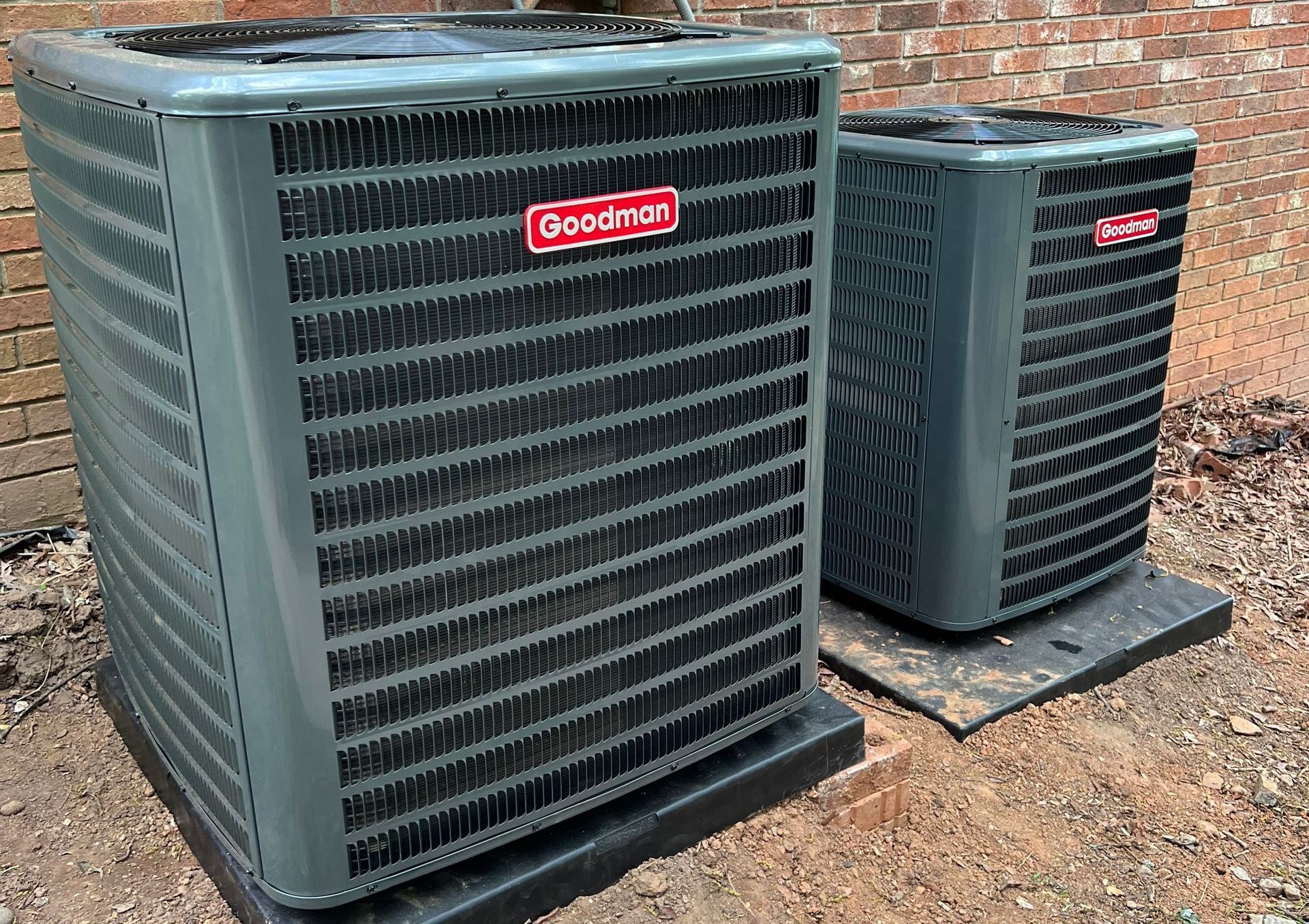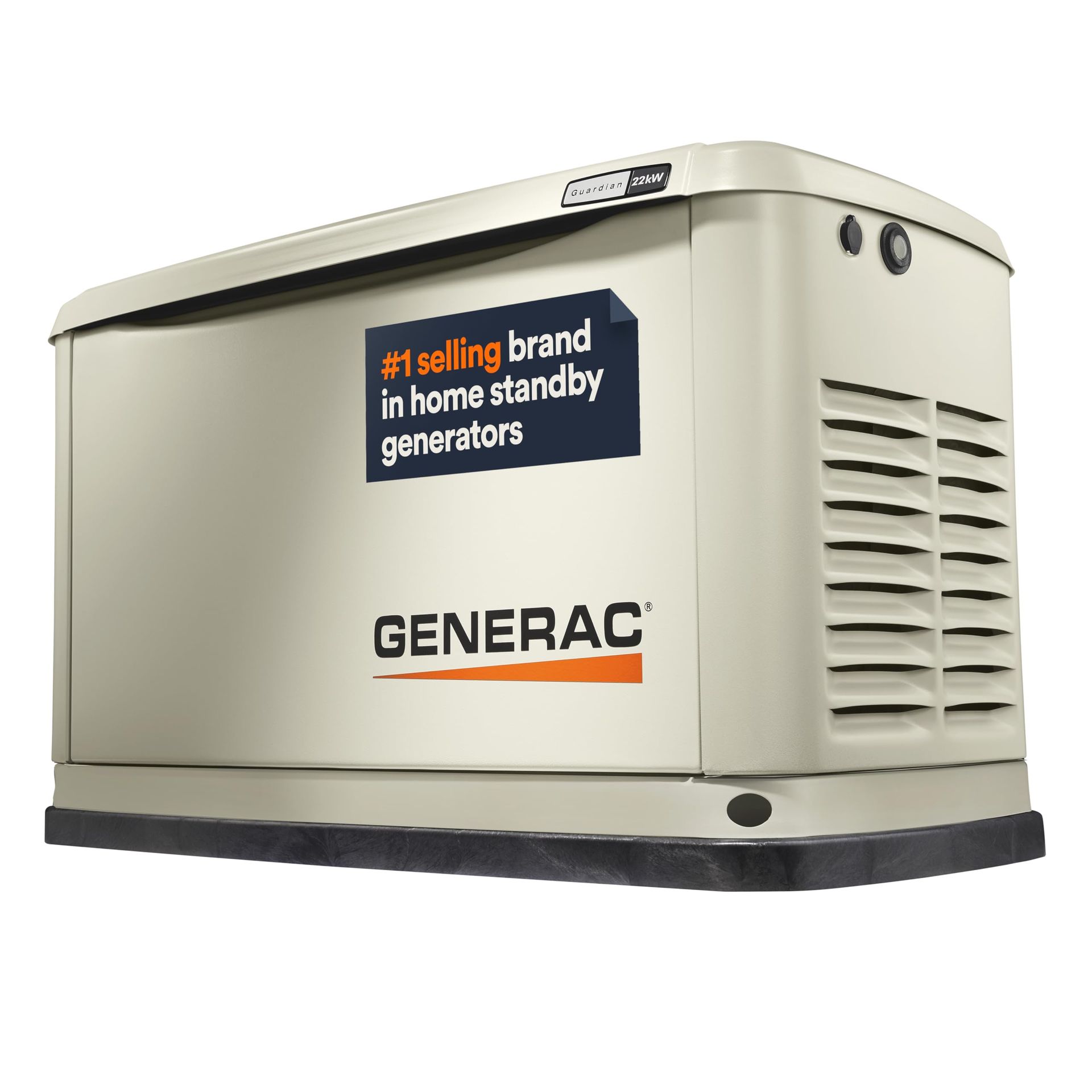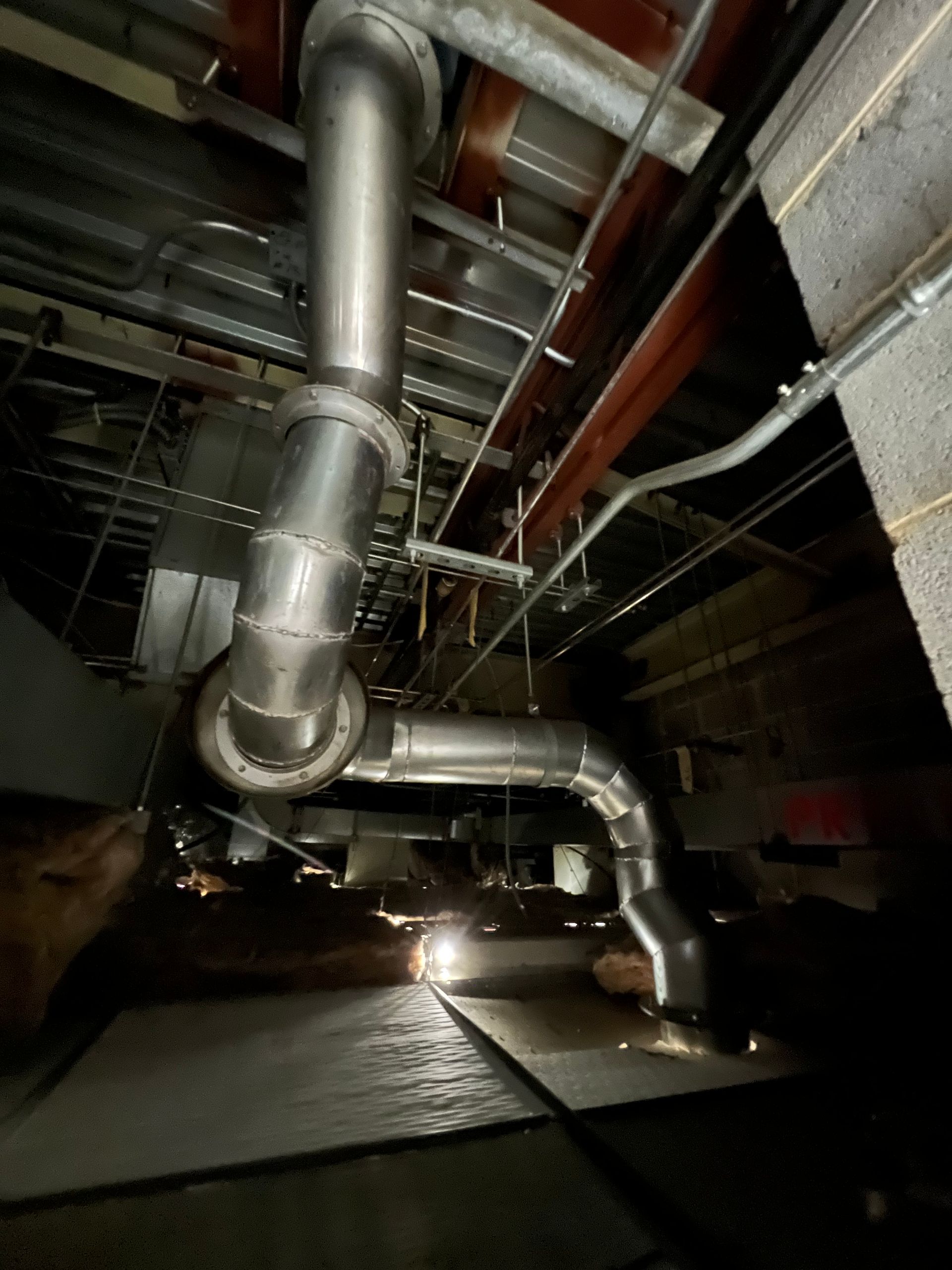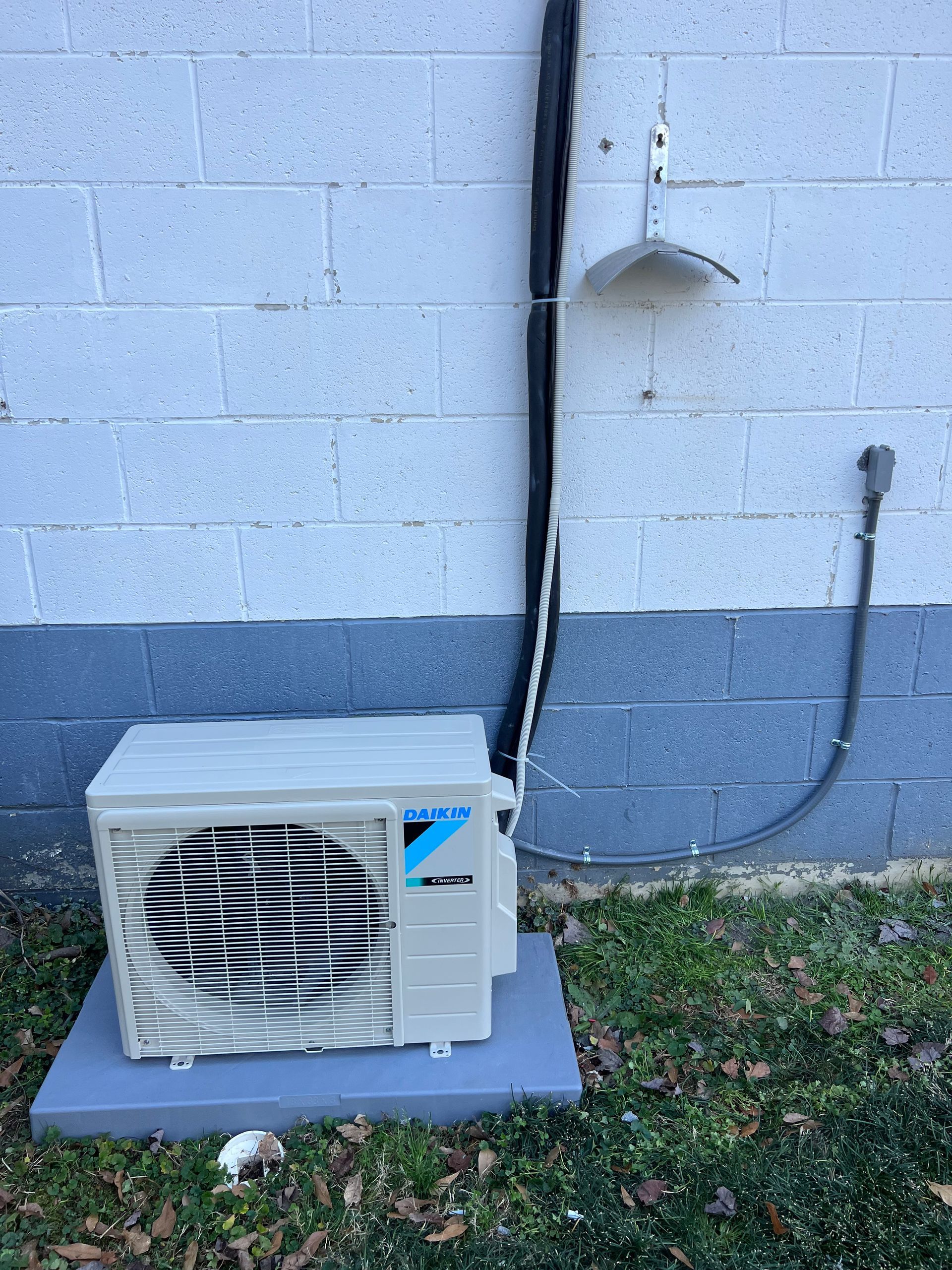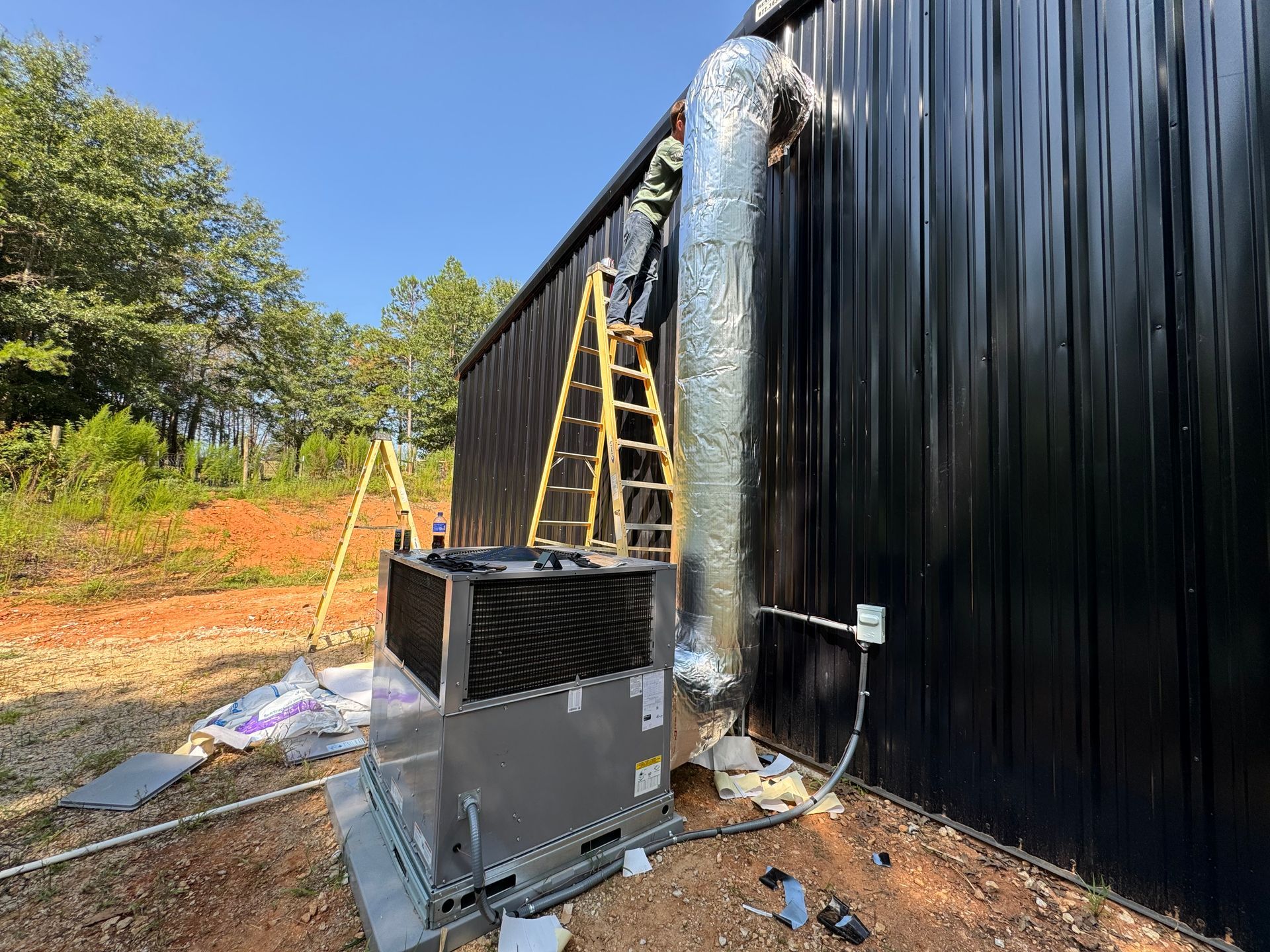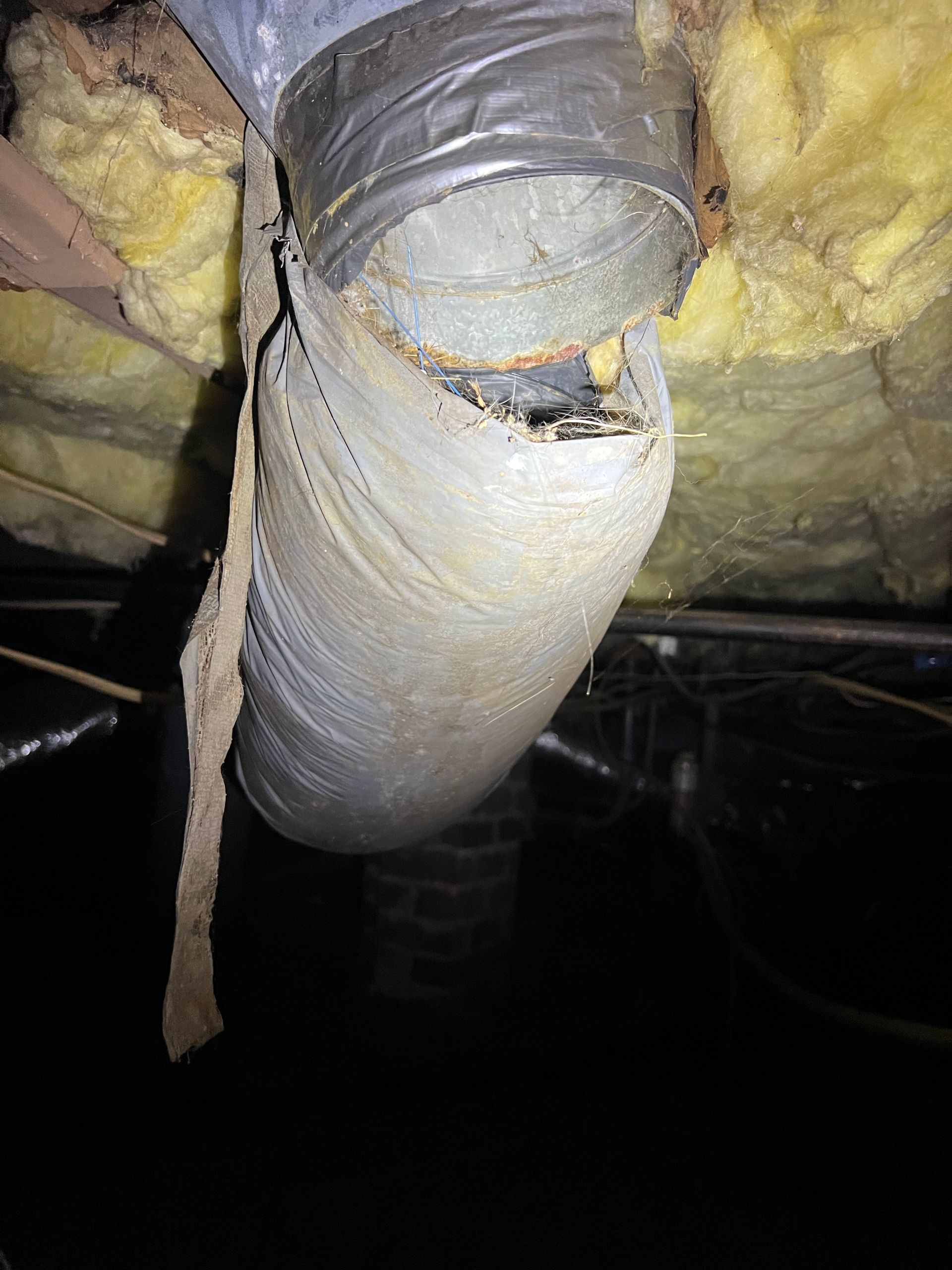Energy Recovery Ventilators: The Smart Solution to Better Indoor Air and Lower Bills
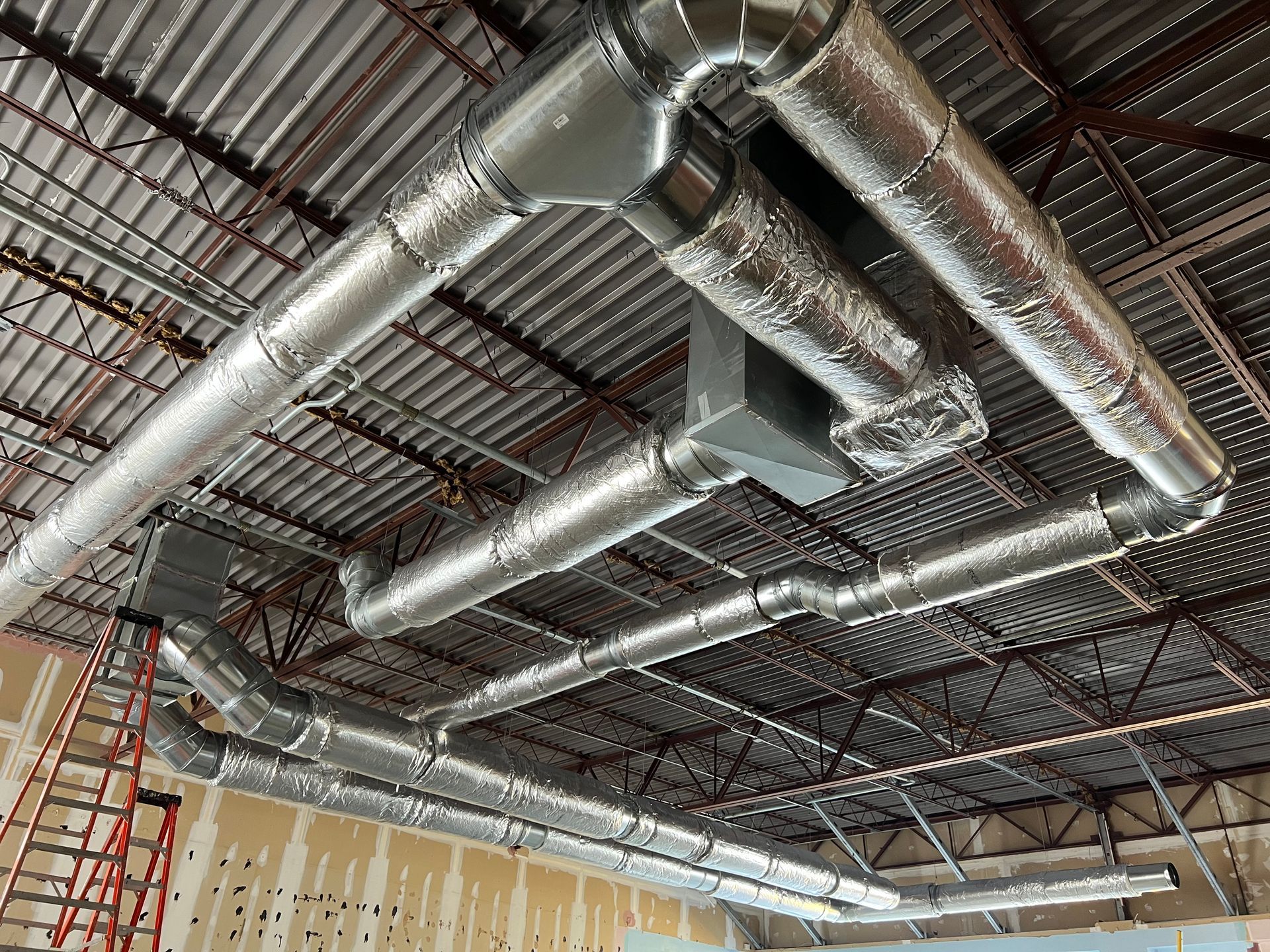 Button
Button
Energy Recovery Ventilators (ERVs) bring fresh air into your home while saving energy. They work by using the heat and moisture from indoor air to keep your home comfortable without wasting energy. This means you get cleaner air, lower bills, and a more comfortable space.
Let’s explore how these handy systems can greatly enhance your home.
What Is Energy Recovery Ventilation?
Energy recovery ventilation (ERV) is a clever way to bring fresh air into your home while saving energy. Instead of letting heat and moisture from indoor air go to waste, an ERV system reuses it to condition the fresh air coming in. This helps keep your home comfortable, reduces energy costs, and improves indoor air quality. By balancing temperature and humidity, ERVs make your home feel fresher and more efficient without putting extra strain on your heating or air conditioning system.
How Does the Process Work?
An energy recovery ventilation system works with a heat exchanger that transfers heat and moisture between the air leaving your home and the fresh air coming in. As the old air exits, it warms or cools the incoming air, depending on the season, which helps your heating or air conditioning system use less energy.
The heat exchanger also adjusts humidity levels by adding or removing moisture from the fresh air, keeping your home comfortable and balanced. This process improves indoor air quality, saves energy, and makes your home more efficient overall.
How ERVs Are Different from Other Ventilation Systems
Traditional ventilation systems bring in outdoor air but waste energy, making your heating or cooling system work harder and increasing costs. Energy recovery ventilators (ERVs) are smarter, recycling up to 85% of the energy from outgoing air. They balance indoor temperature and humidity, keeping your home comfortable and efficient in any weather. ERVs also improve air quality by reducing dust and moisture. With regular care, they can last 10 to 20 years, offering a reliable, energy-saving solution for your home.
Benefits of Using an Energy Recovery Ventilator
Cleaner Air Inside Your Home
ERVs improve indoor air by removing stale air and the pollutants it carries, like dust, carbon, and VOCs (volatile organic compounds). They also filter the incoming fresh air, blocking outdoor particles like pollen and other allergens. Cleaner air means fewer allergies, better breathing, and improved overall health.
Improved HVAC Efficiency
ERVs take the strain off your heating and air conditioning systems by preconditioning the air entering your home. They transfer heat from outgoing air to incoming air in the winter and cool the incoming air in the summer. This helps your HVAC system use less energy, lowering your utility bills.
Better Humidity Balance
ERVs help manage humidity levels in your home by transferring moisture between the outgoing and incoming air. They reduce excess humidity during the summer and keep the air from getting too dry in the winter. While they don’t replace a dehumidifier, they work well to keep your home’s moisture levels comfortable.
Fewer Odors
ERVs remove stale air and filter out odors from cooking, pets, and other sources. By bringing in fresh air and exhausting smelly air, they help your home smell clean and fresh all the time.
Easy to Maintain
ERVs don’t need a lot of upkeep. You’ll need to change the filters every few months, and a technician can clean and check the system during your regular HVAC maintenance. With just a little effort, your ERV will keep running smoothly.
Energy-Efficient Ventilation
Unlike opening windows, which let your heated or cooled air escape, ERVs provide fresh air without wasting energy. You can control the amount of ventilation your home gets while keeping your heating and cooling systems efficient.
More Comfort at Home
By balancing airflow, managing humidity, and improving air quality, ERVs make your home more comfortable. Your living space feels fresher, healthier, and more enjoyable every day.
Save on Energy Bills
By recycling heat and reducing energy waste, ERVs help lower your electricity costs. They are a smart way to enjoy better air quality while keeping your budget in check.
ERVs bring together fresh air, energy savings, and comfort, making them a great choice for improving your home. They’re simple, efficient, and a valuable addition to any household.
Are There Any Downsides to Ventilatory Support?
While energy recovery ventilators (ERVs) have many advantages, there are a few things to keep in mind:
Higher Upfront Costs
ERV systems cost more to install than traditional HVAC setups. The advanced equipment, like the heat exchanger, and the need for specific ductwork add to the initial expense.
Regular Maintenance Needed
To keep your ERV working well, you’ll need to clean or replace the filters regularly and check components like the ducts and heat exchangers. Skipping maintenance can lower its efficiency and impact the quality of your indoor air.
Requires Professional Expertise
Installing and maintaining an ERV isn’t a DIY job. You’ll need trained professionals to set it up and handle any specialized maintenance. This can add to the overall cost but ensures your system runs efficiently.
These challenges can seem like extra effort, but the benefits of cleaner air, energy savings, and a more comfortable home often outweigh these downsides.
Comparing ERVs to Other Ventilation Systems
ERVs vs. HRVs (Heat Recovery Ventilators)
ERVs and HRVs are both designed to improve air quality and save energy, but they handle moisture differently. HRVs focus on transferring heat between outgoing and incoming air, making them great for cold, dry climates. ERVs, on the other hand, not only transfer heat but also manage humidity. This makes ERVs a better choice for homes in areas with high humidity, as they help keep the indoor air balanced and comfortable.
Advantages Over Passive Ventilation
Passive ventilation relies on natural airflow, like open windows or simple vents, to bring fresh air inside. While this method is straightforward, it can lead to energy loss as heated or cooled air escapes. ERVs solve this problem by recovering heat from outgoing air and using it to precondition the fresh air coming in. They also filter pollutants and maintain indoor humidity levels, providing better air quality, more energy savings, and consistent comfort throughout your home.
ERVs are a smart upgrade that combines efficiency, comfort, and better control compared to traditional or passive ventilation systems.
Choosing the Right ERV for Your Home
Here are some simple tips to help you decide:
Match the Size to Your Home
The size of the ERV matters. Its airflow, measured in cubic feet per minute (CFM), should be just right for your home. A small unit might not provide enough ventilation, while a large one could use more energy than needed.
Think About Your Climate
Your local climate can help you decide on the best ERV. If you live in a humid area, choose a system that manages moisture well. In colder climates, look for one that efficiently transfers heat to keep your home cozy.
Explore Popular Models
Some trusted ERV models, like the Panasonic Intelli Balance 100 and Aprilaire ERV, are known for their great features. Look for options with quiet operation, good energy efficiency, and easy maintenance to make your life simpler.
Get It Installed by a Pro
Professional installation is a must to get the best results. An expert will ensure your ERV works smoothly with your HVAC system and ducts, so you can enjoy clean, fresh air without wasting energy.
By choosing the right ERV and having it installed correctly, you’ll improve your indoor air quality and make your home more comfortable and efficient. Don’t forget to ask a professional for advice to find the best system for your space!
Installation and Maintenance Tips
1. Why Professional Installation Matters
Hiring a professional for your energy recovery ventilator (ERV) installation is the best way to ensure it works correctly. Professionals know how to connect the system to your HVAC ducts, air filters, and other components for smooth airflow and efficient heat transfer. A proper setup prevents energy loss and ensures your home has clean, fresh air from day one.
2. How to Maintain Your ERV for Long-Term Efficiency
Keeping your ERV in good shape doesn’t require much effort, but regular maintenance is important. Here’s how to do it:
- Check and Replace Filters: Look at your air filters every few months and replace them if they’re dirty. Clean filters help the system work better and keep pollutants out of your home.
- Keep the Heat Exchanger Clean: A clean heat exchanger ensures the system transfers heat and moisture effectively.
- Get an Annual Inspection: Once a year, have a professional check your ERV. They can spot any problems early and keep it running at its best.
With a proper installation and these simple maintenance tips, your ERV will provide fresh air and energy savings for years to come.
The Environmental Impact of ERVs
Energy recovery ventilators (ERVs) are a smart choice for your home and the planet. Here’s how they help the environment:
Saving Energy
ERVs capture heat from the air leaving your home and use it to warm or cool the fresh air coming in. This means your heating and air conditioning systems use less energy, reducing waste and lowering your utility bills.
Cleaner Air for Everyone
By filtering out pollutants like dust, pollen, and harmful gases, ERVs improve the air quality inside your home. At the same time, they help reduce the amount of pollutants released into the environment, leading to fresher air for all.
Supporting Energy Conservation
ERVs are designed to make the most of the energy already in your home. By reusing heat instead of letting it escape, they help conserve energy and support more sustainable living.
Lower Carbon Emissions
Because ERVs reduce energy use, they also cut down on the carbon emissions created by power plants. This makes them a great option for those looking to make their homes more eco-friendly.
Encouraging Green Living
With their focus on energy efficiency and clean air, ERVs fit perfectly into a green lifestyle. They help you save energy, improve your indoor climate, and contribute to a healthier planet.
Adding an ERV is a simple way to make your home more energy-efficient while doing your part for the environment. It’s a practical step toward a greener future!
Frequently Asked Questions
Can You Add an ERV to an Existing Home?
Yes, you can add an ERV to an existing home. It should be installed near the main return-air duct and connected to the outdoors with two pipes—one for bringing in fresh air and one for exhausting stale air. Proper installation ensures it works efficiently and improves air quality.
Where Should an ERV Be Placed?
An ERV can be installed in a basement, mechanical room, garage, attic, or crawl space. Conditioned areas are best for efficiency. Use “U”-shaped tape around the flanges to secure the installation and ensure easy maintenance.
Which Energy Recovery Ventilator is Best?
The best ERV depends on your needs, but natural ventilation is a great choice. It uses wind and thermal buoyancy to bring in fresh air naturally. Pair it with a reliable ERV system for better air quality and efficiency.
Are energy recovery ventilators worth the cost?
Yes! ERVs provide fresh air, improve comfort, and save energy by recycling heat and moisture. They’re a smart investment for healthier air and lower energy bills.
When to use energy recovery ventilator?
Run an Energy Recovery Ventilator (ERV) continuously, especially in cold months or if you use a gas cooktop. It keeps the air fresh and removes harmful pollutants for a healthier home.
What Is the Difference Between an Energy Recovery Ventilator and a Heat Recovery Ventilator?
HRVs transfer only heat, while ERVs transfer both heat and moisture. This makes ERVs better for balancing humidity, especially in humid or variable climates. Both improve air quality and energy efficiency, depending on your home’s needs.
Breathe easier and save energy with an Energy Recovery Ventilator (ERV) – the smart choice for fresh, clean air and lower utility bills. ERVs improve indoor air quality by balancing temperature and humidity while reusing heat and moisture to reduce energy waste.
For professional installation, maintenance, or expert advice on ERVs, trust the team at
Arrow HVAC. Proudly serving Anderson, SC, and the entire Upstate, we’re committed to creating healthier, more energy-efficient homes.
Contact us today at 864-556-6423 and let’s make your indoor air fresh, comfortable, and cost-efficient!
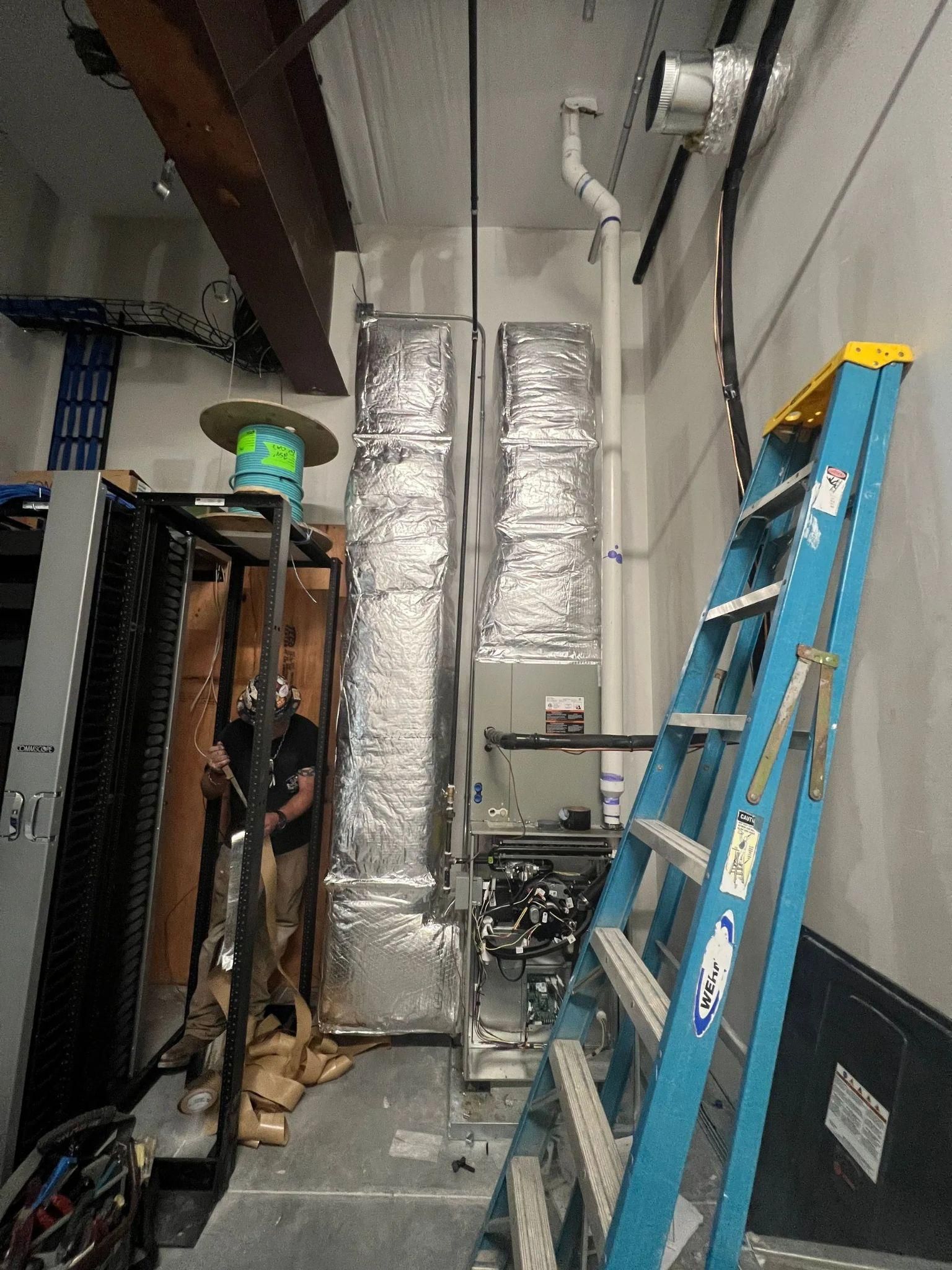
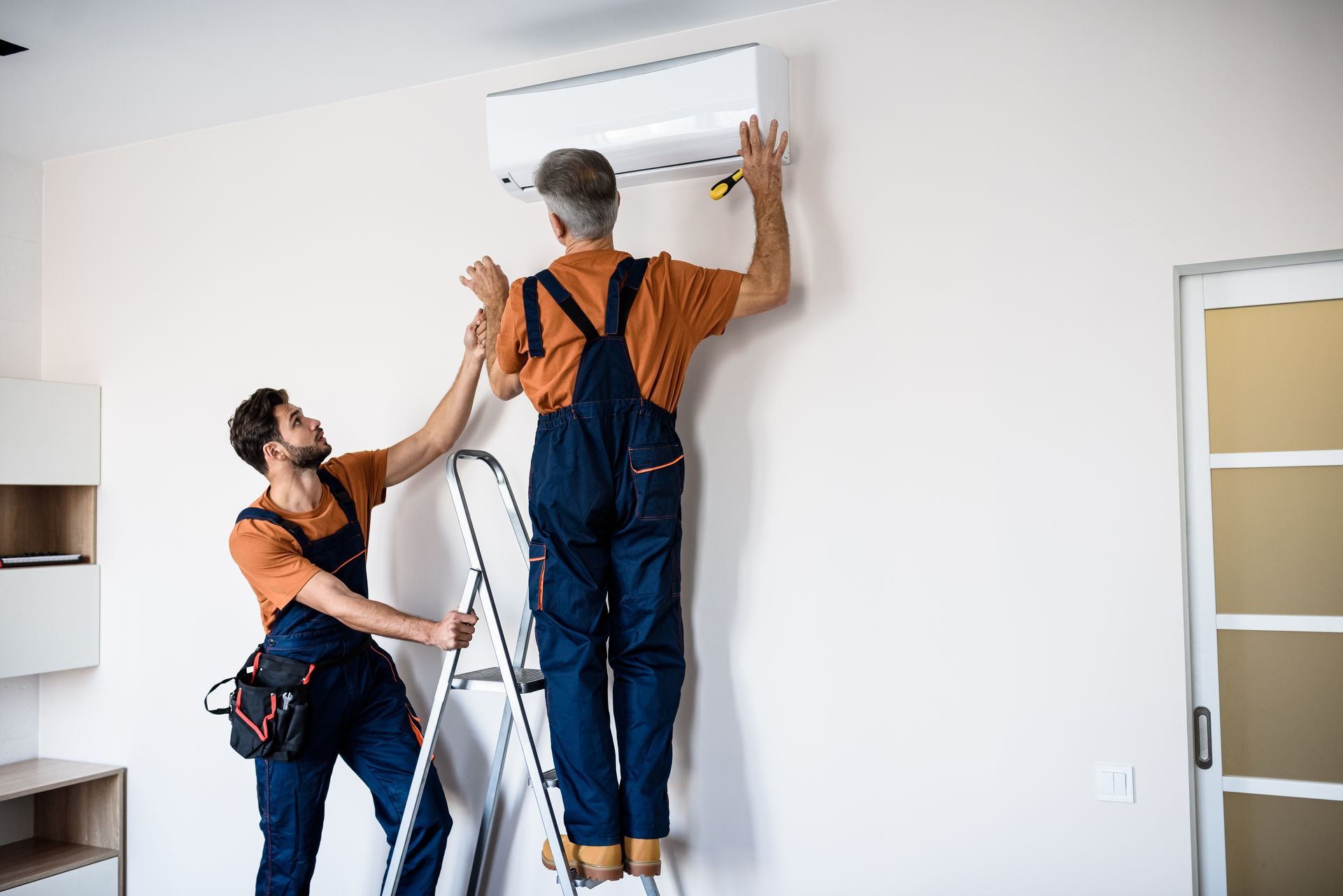
Service Areas
- Greer, SC
- Greenville, SC
- Anderson, SC
- Piedmont, SC
- Seneca, SC
- Iva, SC
- Belton, SC
- Greenwood, SC
- Abbeville, SC
Arrow Renovations & Refrigeration | Designed and Built by Quantum Hawk

